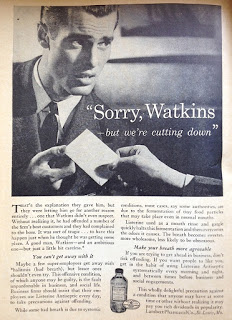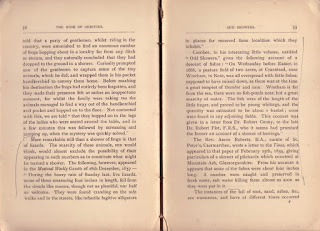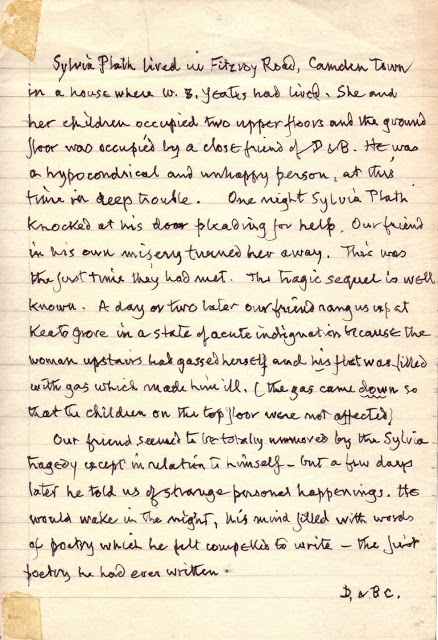From a publicity leaflet for The Penny Universities a history of the coffee-houses. 'Penny University' is a term originating from the 18th-century coffee houses in London, England. Instead of paying for drinks, people were charged a penny to enter a coffeehouse. Once inside, the patron had access to coffee, company, various discussions, pamphlets, bulletins, newspapers, and the latest news and gossip. Reporters called "runners" went around to the coffeehouses announcing the latest news. No need for a runner in modern java joints- all you need now is the Wi-Fi code… I do not have the answers, the only one I can get is 5 (clue the R of the L)
- Who was the famous physician who experimented with coffee as a possible antidote to melancholia and alcoholism ?
- What was the "wooden oracle", referred to by Pepys and where was it ?
- How did the Royal Society come into being ?
- Who gave Nell Gwyn her first part on the stage and who wrote the play ?
- A great poem grew out of coffee-house gossip. What was it and who wrote it ?
- Who was Angier and what was "Angier's Fume" ?
- Who was the privateering doctor whose adventures inspired Robinson Crusoe ?
- Which notorious coffee-house in Covent Garden was kept by an old Etonian ?
- A fantastic instance of wagering through the medium of an insurance policy concerned the sex of a distinguished diplomat. Who was he and what was the outcome ?
- Who was the Aberdeen tailor who turned quack and was knighted ?




















